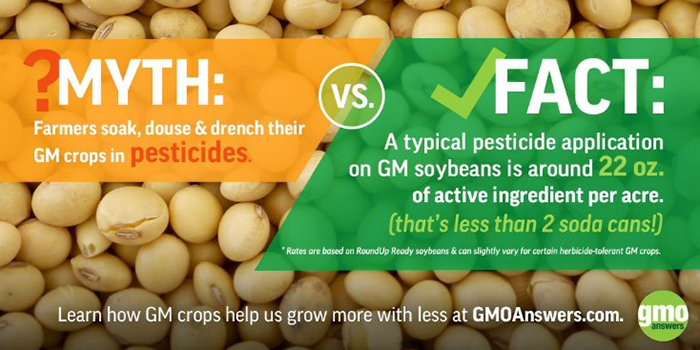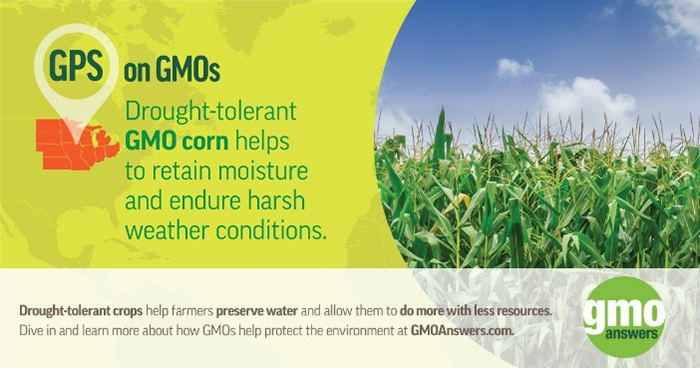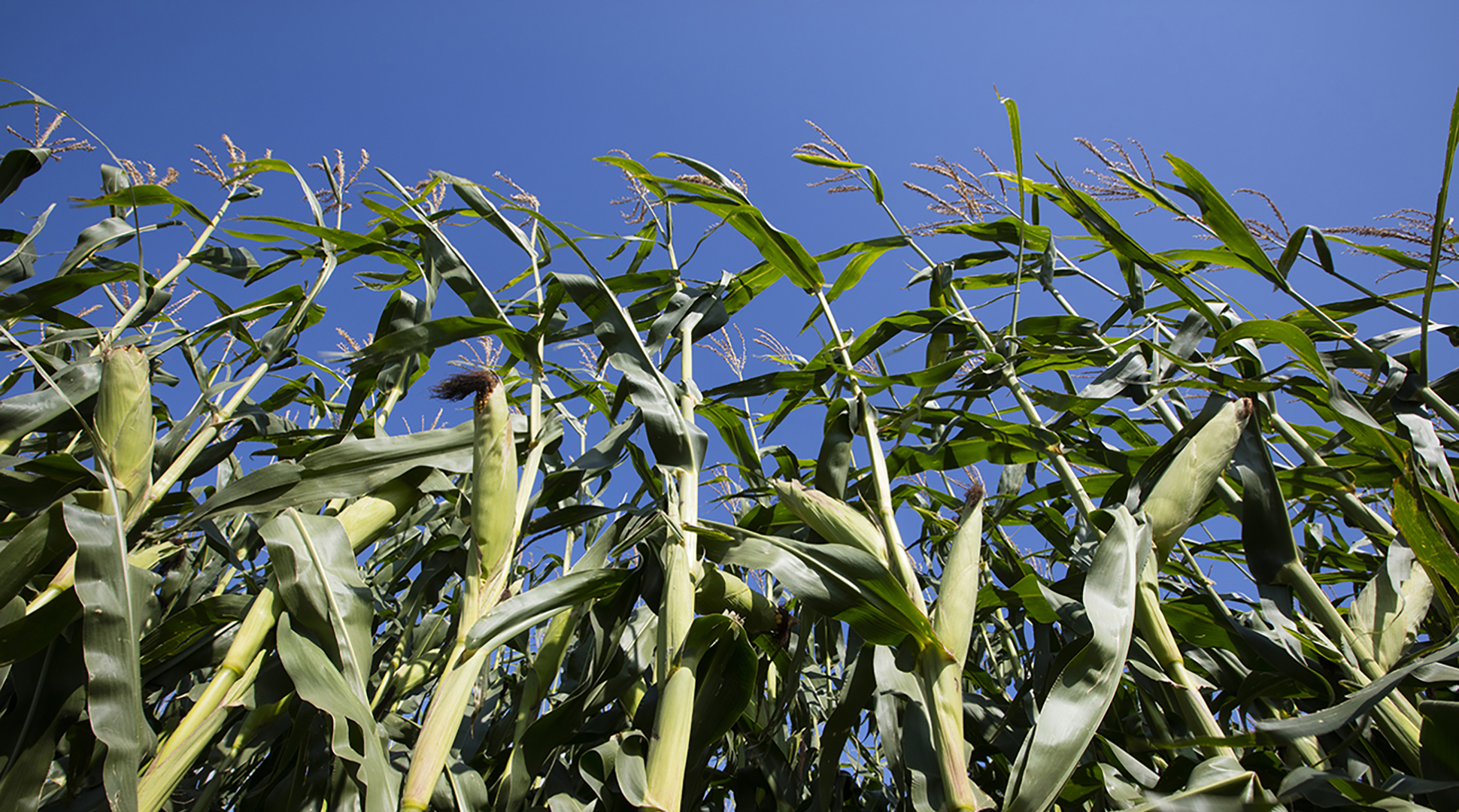by Carie Moore
Corn and soybeans are the top two most widely planted commodity crops in the United States.
As a farmer who grows GMO soybeans, we can get a version of Round-up Ready or Liberty-Link. This gives us the ability to use that herbicide to kill weeds in the crop and not harm the crop itself.
Soybeans are a legume which means they add nitrogen back to the soil for a crop like corn to use when planted subsequently.
Most soybeans are used for cooking oil or livestock feed in the form of a crushed meal. Soy oil is also used in the Statue of Liberty to run the elevator. Soybeans also make crayons! The newest market is for bio-diesel and it is growing in popularity on the west coast. Many soybeans are exported out of the United States to other countries. I was able to visit some of the ports in the Pacific Northwest where North Dakota soybeans are sent to be loaded on the barges and shipped. It’s amazing all the varieties that we have to chose from to meet our soils types, climates, and chemical uses. Soybeans have been profitable for our farm because we can pick the best ones for our fields, and the demand for soybeans continues because of all their uses.

Of the corn grown, most of the GM varieties are field corn. Only a small fraction is sweet corn and there is no GMO popcorn.
Corn is a high expense crop to produce. It requires high inputs to grow it successfully. At harvest it requires either cutting for high moisture silage and packed – which takes a lot of labor – or it is combined later in the year and then dried to reduce moisture which takes labor, propane, and bin space. There are thousands of uses for corn such as oils, sweeteners, feed, fuel, starch, and alcohol. GMO corn also has better resistance to drought which in turn means less water use by irrigation.

Corn also is a crop that helps take CO2 out of the air and replace it with O2. This means cleaner air for everyone.
The GMO soybean and corn varieties allow us to use less pesticides, market for a cleaner burning fuel which means less emissions (ethanol from corn and bio-diesel from soybeans), and higher productivity which means higher yield on less acres. That’s a win for everyone.
Editor's note: This is the third installment of Carie's Go Go GMO series. Read Part 2 (about Rainbow Papaya) here. Read Part 1 (about golden rice) here.
